Explain about Splitting of Water
Explain Splitting of Water - will happen instead of photolysis of water (as both are same)
Photolysis of Water:
Water is very essential and important component of photosynthesis which helps in the reduction of carbon dioxide to glucose. Theterrestrial plants that absorb the soil water with the help of their root hairs by the process of osmosis and active transport, the aquatic plants absorb water from all along their body surface. Plants those are parasitic and having their root in the area are absorb water from the air in the form of water vapour.Whereas the water that absorbed by the plants carried by the xylem tissue, only 1% of the absorb water is utilised during the process of photosynthesis.
Role of Water in Photosynthesis -
The water which undergoes photolysis that live added to hydrogen ions and half molecules of oxygen the half molecule of oxygen is liberated out in the form of Oxygen gas but two hydrogen ions form 2 hydrogen positive and 2 electrons the to hydrogen positive reduced the nicotinamide adenine diphosphate (NADPH) while the pair of electrons that replenish the electron hole in the chlorophyll molecule.
Uses of Water in the Entire Process of Photosynthesis -
Process of photosynthesis is one of the most important biological process of autotrophic organisms means those who are able to synthesise their own food. It is the type of redox reaction for three major processes are involve. First absorption of light energy occurs as the chlorophyll of the Green Leaves absorb the quantum from the solar energy. Quanta is seem to be a packet of energy molecules which trapped inside the Green Leaves and acts as the source of energy.
2nd phase is the conversion of solar energy into chemical energy. We all know that sun is the only energy source of the earth. Thus the energy that we get from the sun is trapped inside the green plants and then this energy converted into chemical energy as green plants produce glucose in presence of carbon dioxide water and chlorophyll. This chemical energy is again taken by herbivores as they eat green plants and leaves. Only a small percentage of energy is acquired by the herbivores and then a small percentage of this energy again transfer to the next level of consumers.
Third phase of photosynthesis is storage of chemical energy as the final product of photosynthesis. This phase can be divided into two, one is light dependent phase that is called light reaction and another one is light independent reaction or dark reaction. During light phase the chlorophyll absorb Photon particles which causes photolysis of water and due to photolysis Oxygen gas is liberated by the formation of ATP and reduced nicotinamide adenine dinucleotide phosphate (NADPH). This photolysis of water was observed by the scientist called Robin Hill in 1937. He demonstrated this reaction by the presence of Sunlight and suitable hydrogen acceptor such as ferricyanide and then he was able to broke the water by isolated chloroplast. As a result Hills experiment proved that water is the source of production of oxygen in photosynthesis reaction.
From Explain about Splitting of Water to HOME PAGE
Recent Articles
-
What Is Plasma? | Blood Plasma | Proteins | Nutrients | Cholesterol
Nov 07, 25 10:29 AM
Blood is a mobile fluid which is a connective tissue and is derived from the mesoderm like cell any other connective tissue. Colour of blood is reddish and that flows inside the blood vessels by means… -
Disorders of Respiratory System | Tuberculosis | Pleurisy | Emphysema
Oct 28, 25 11:39 PM
Tuberculosis is very common disease and is caused by a type of bacteria called Mycobacterium tuberculosis. This disease causes different trouble in the respiration and infection of several parts of th… -
Regulation of Respiration | Respiratory Centres | Inspiratory Area |
Oct 14, 25 12:13 AM
Respiratory Centre is the area that controls the rate of respiration and it is observed to be located in medulla oblongata and pons. Respiratory Centre has the following will dispersed components like… -
Explain Transport of Gases | External Respiration | Tissue Respiration
Oct 09, 25 11:35 PM
In humans gaseous exchange is completed in the following ways the steps are - External Respiration or Breathing - Breathing in false taking in of Oxygen and giving out of carbon dioxide in the body. M… -
Kind and Number of Teeth | Location of Teeth in Mouth | Care of Teeth
Sep 11, 25 12:52 AM
Kind and Number of Teeth
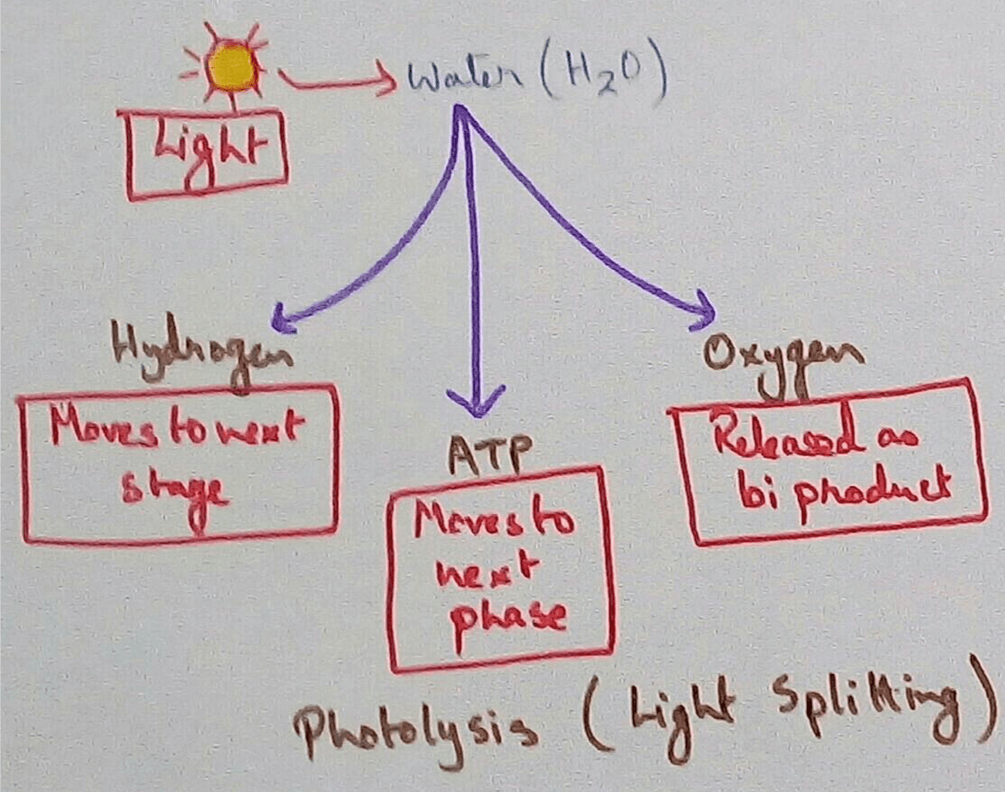
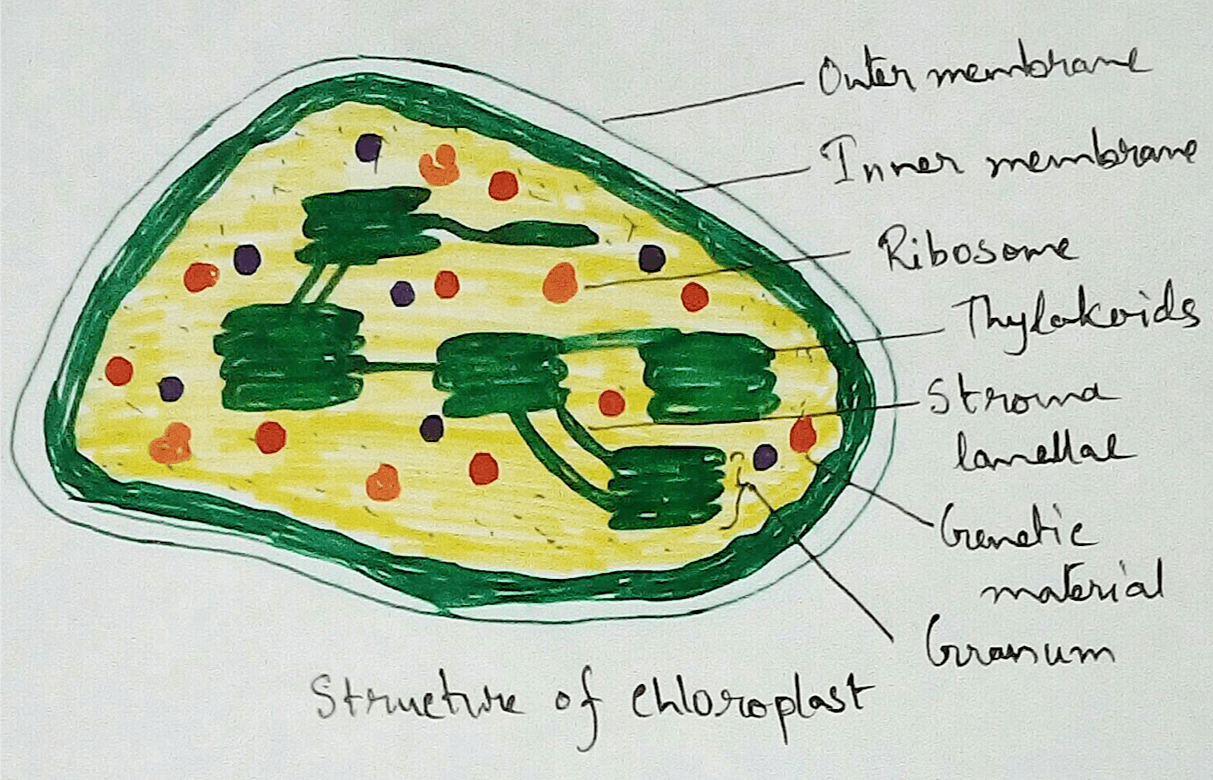
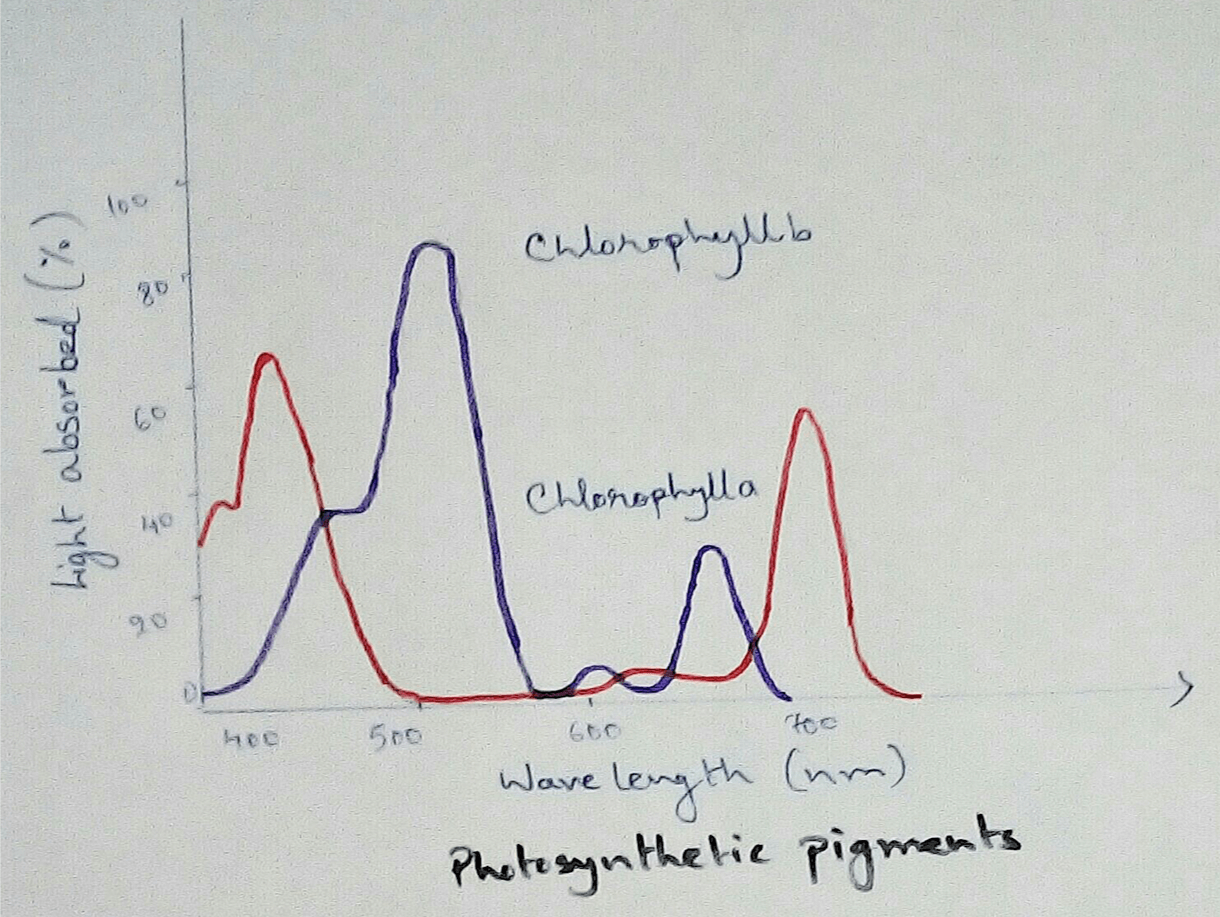
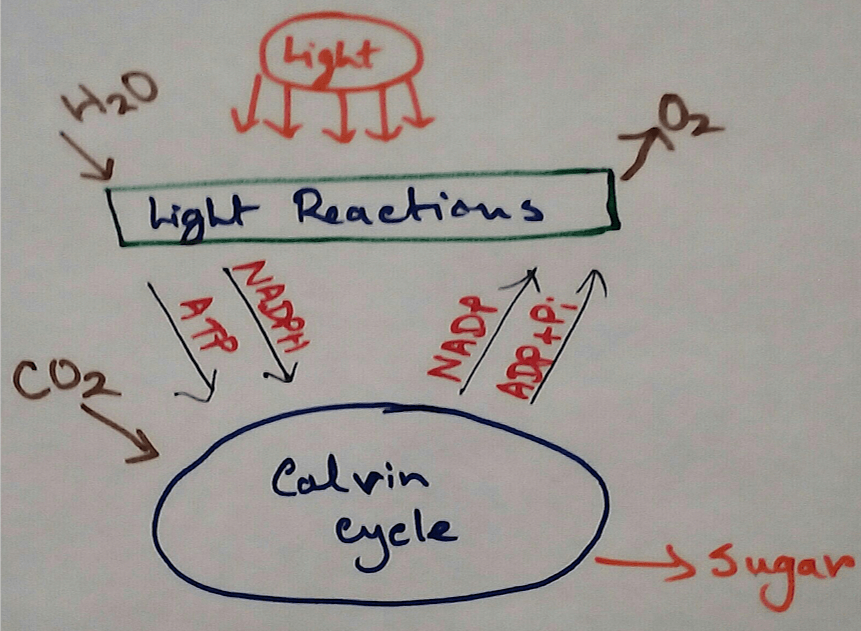
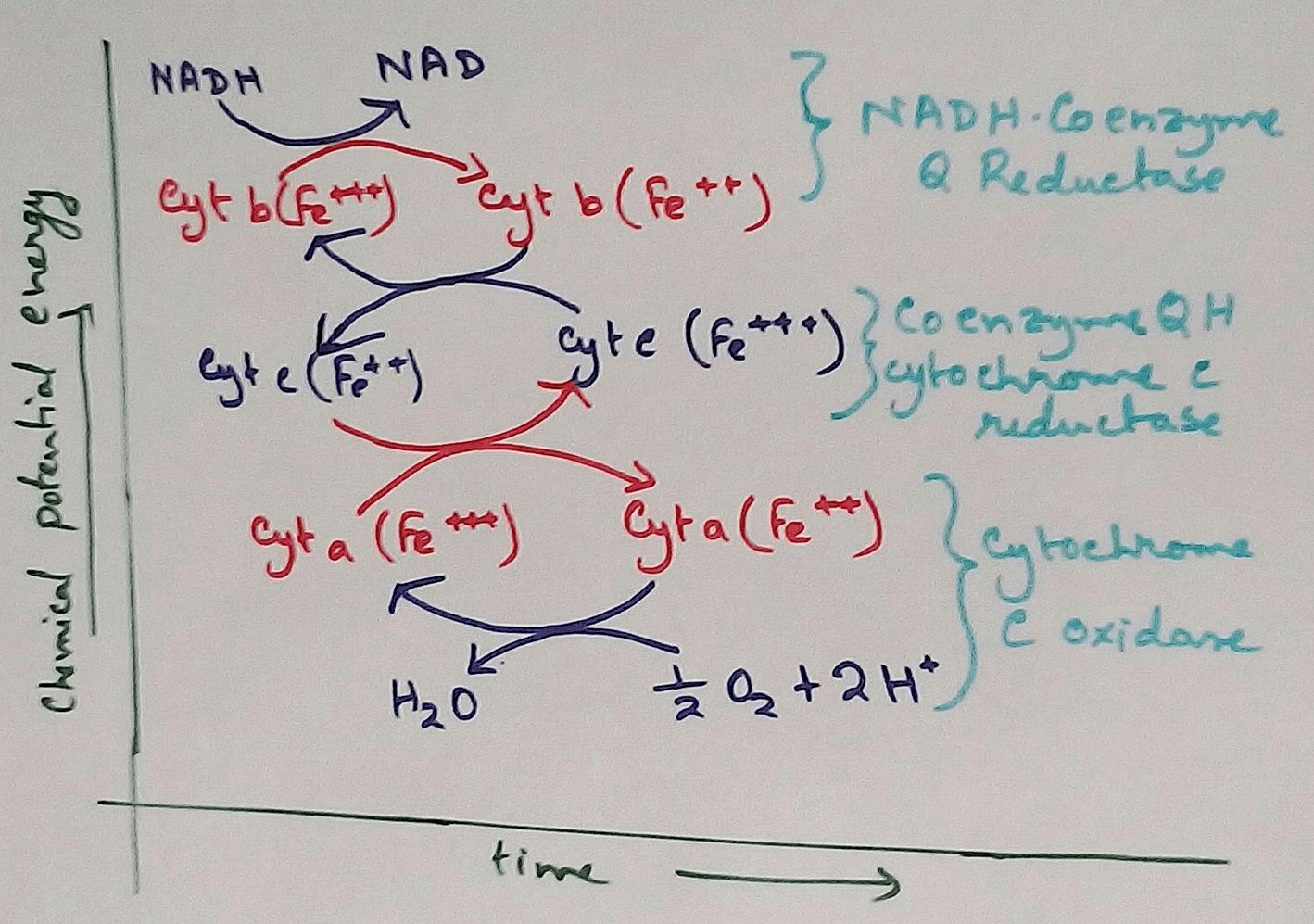
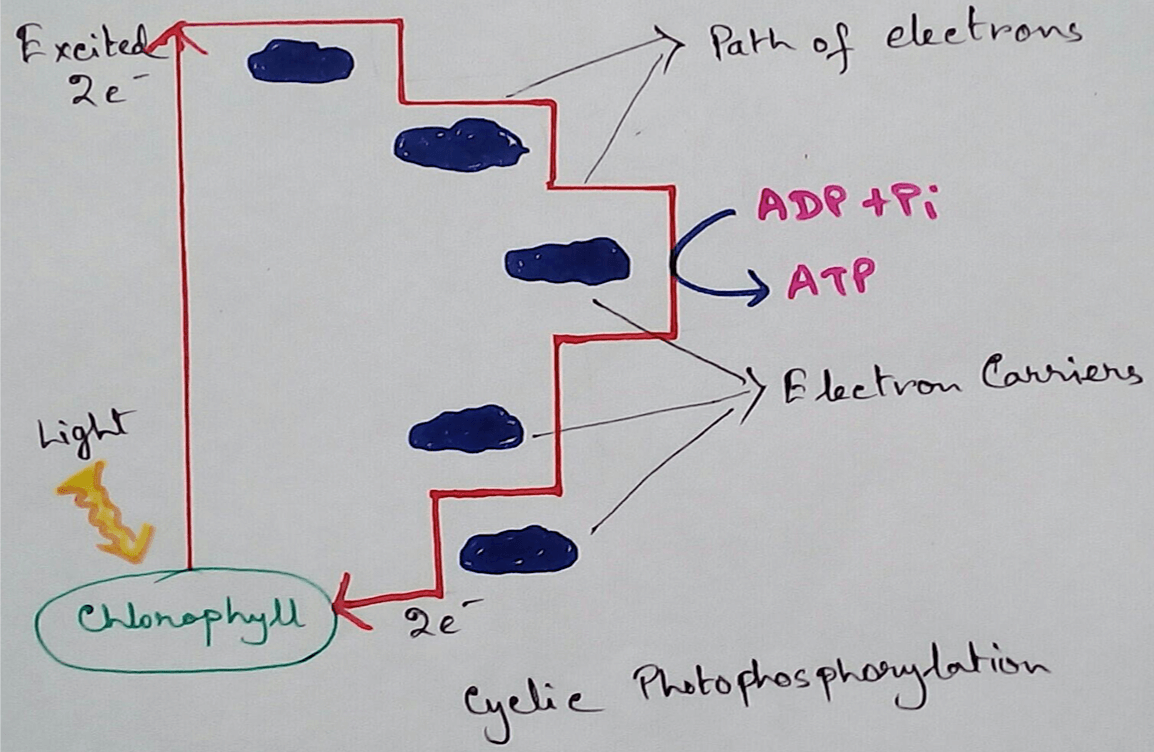
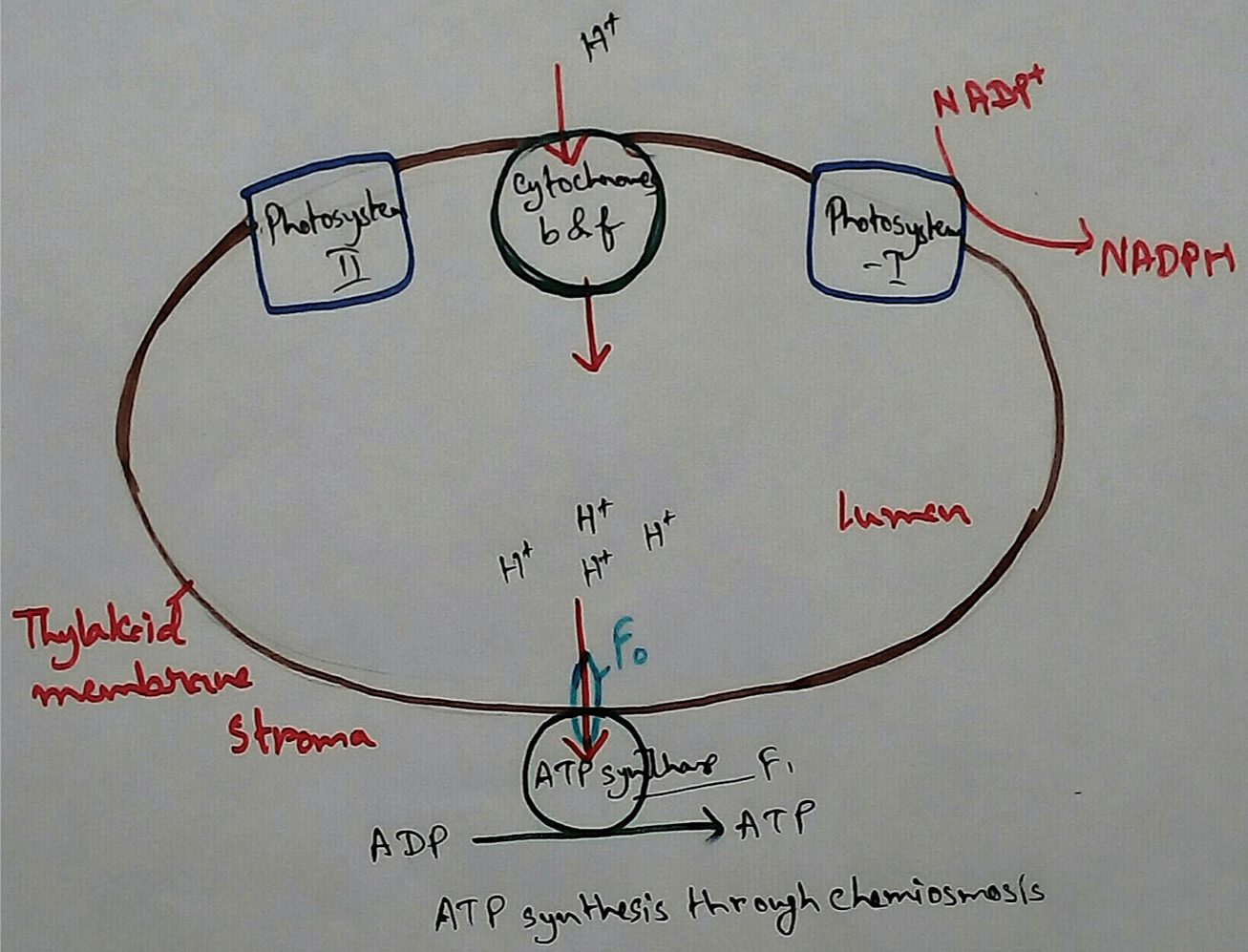
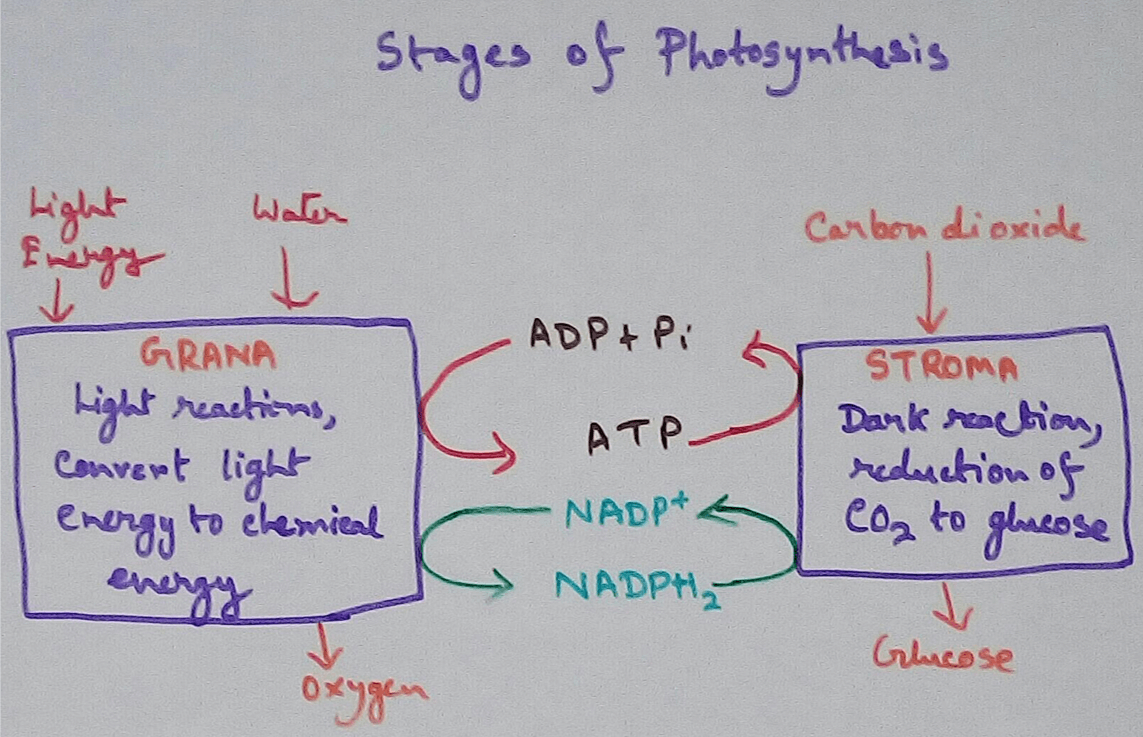
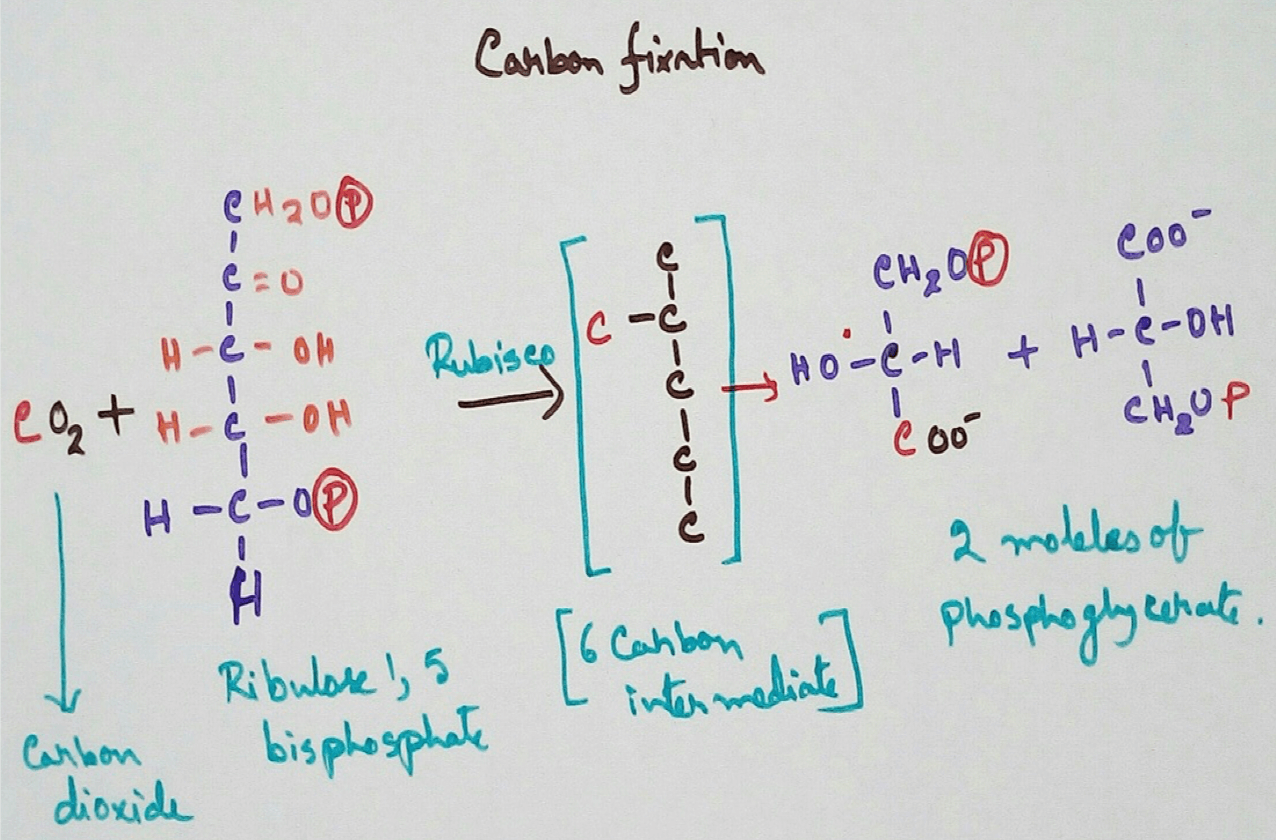
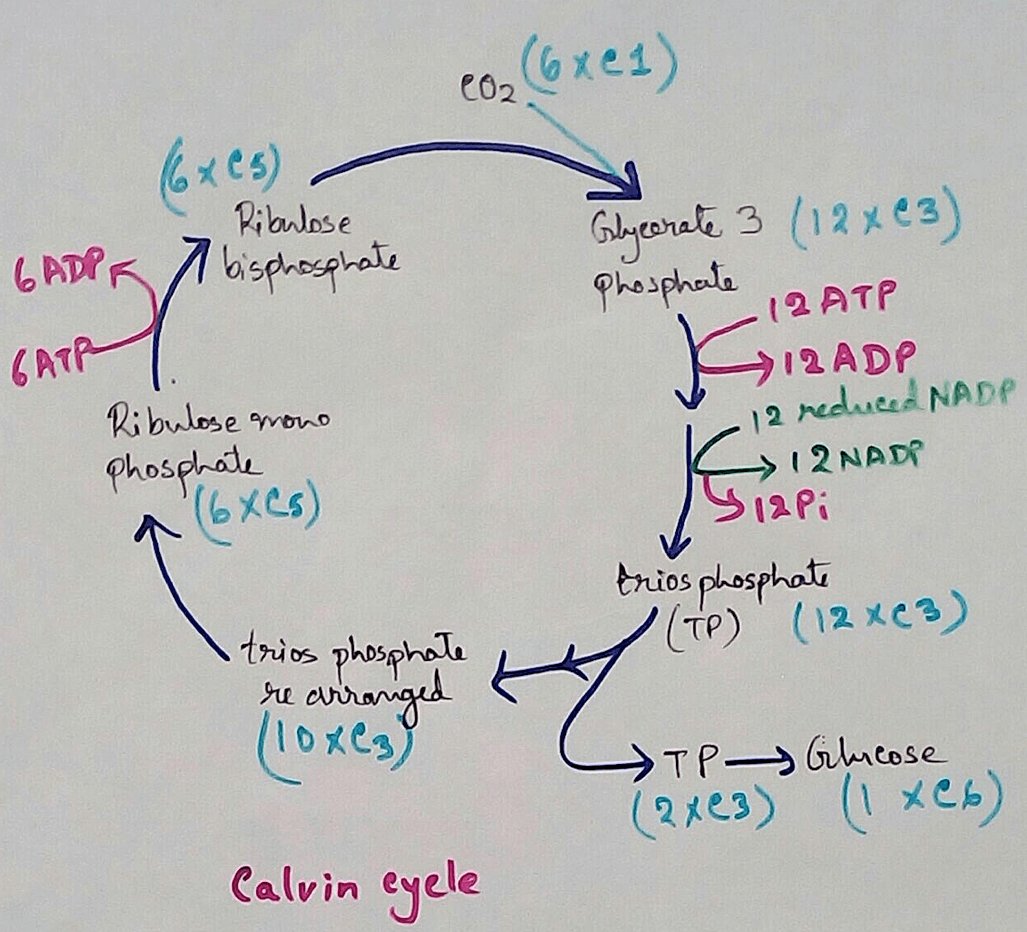
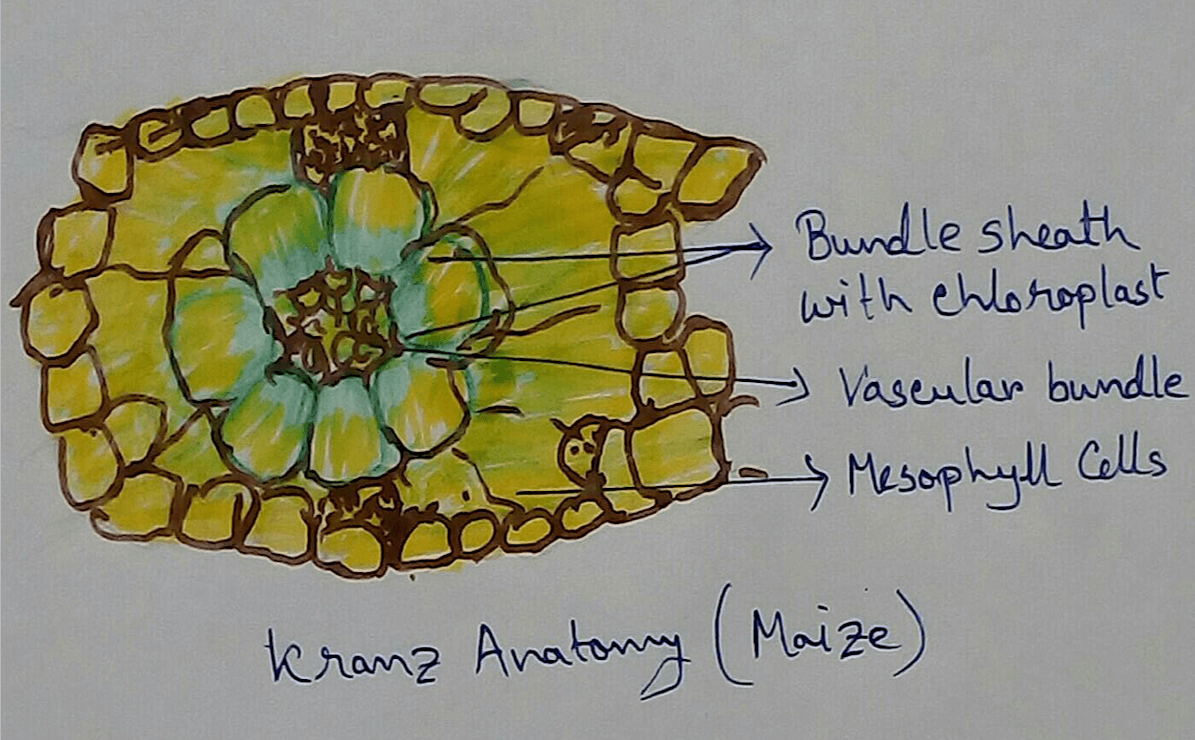





New! Comments
Have your say about what you just read! Leave me a comment in the box below.